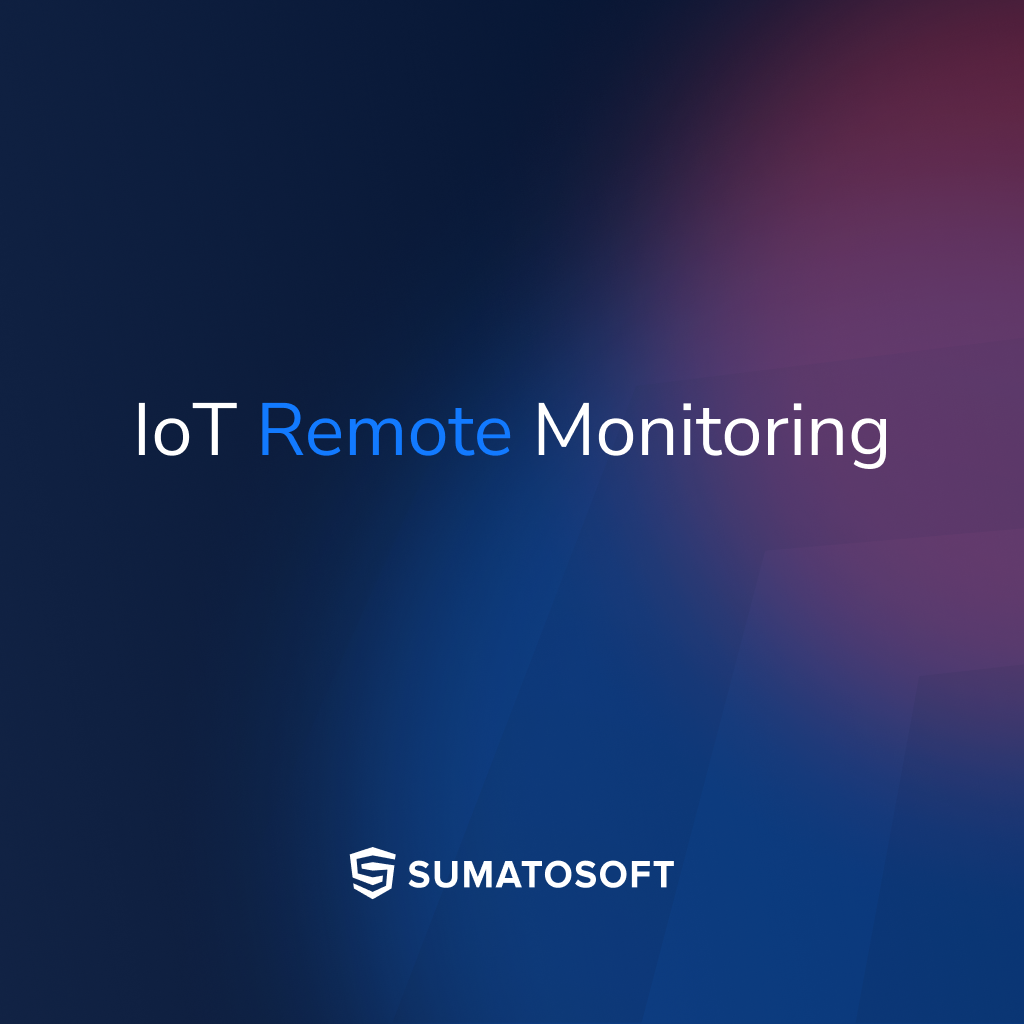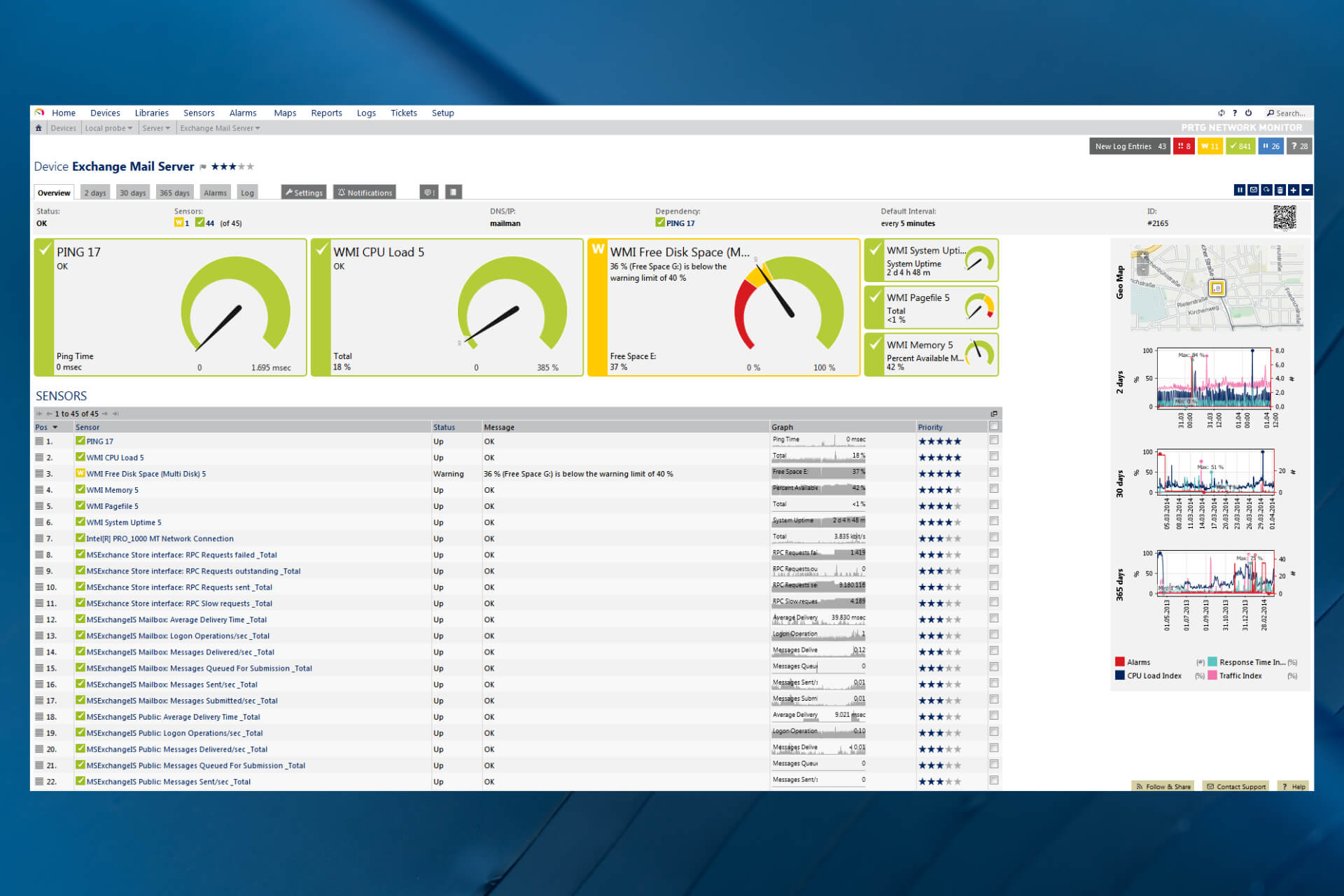IoT Device Monitoring: What To Look For & Top Software
Are you prepared to navigate the ever-expanding landscape of the Internet of Things (IoT) and ensure the seamless operation of your connected devices? The right IoT device monitoring software is no longer a luxury but a necessity for businesses seeking efficiency, security, and proactive management in today's interconnected world.
The proliferation of IoT platforms underscores the increasing importance of robust monitoring solutions. Consider this: the number of IoT platforms surged from 260 in 2015 to over 426 by 2021. This exponential growth necessitates sophisticated tools to manage the complexity and scale of modern IoT deployments. As the digital frontier expands, the need for effective monitoring becomes paramount. The shift from simple connectivity to intricate, data-driven operations requires tools that proactively identify, diagnose, and resolve issues, ensuring operational continuity and optimized performance. But what are the key features that make an IoT monitoring solution truly effective? And how do these tools contribute to the broader goals of predictive maintenance, streamlined logistics, and enhanced safety?
To guide you through this process, here's a breakdown of the essential elements and leading solutions in the world of IoT device monitoring. Let's start with what makes a good IoT monitoring solution. When evaluating IoT tools, several critical criteria should inform your selection. These include:
- Automatic Network Device Discovery: A fundamental feature is the ability to automatically identify and map devices on your network. This eliminates manual configuration and ensures that all devices are accounted for, minimizing the risk of overlooked devices and enhancing network visibility.
- Comprehensive Monitoring System Components: A robust system needs to encompass several key monitoring components to provide holistic device management.
- Remote Management Capabilities: The ability to remotely configure, update, and troubleshoot devices is essential. Remote management reduces the need for on-site visits, streamlining operations and minimizing downtime.
- Alerting and Notification Systems: Real-time alerts are crucial for proactive issue resolution. Customizable alerts based on device metrics enable rapid responses to anomalies and potential failures.
- Data Visualization and Reporting: Data visualization tools transform raw data into actionable insights. Reporting features provide a historical overview of device performance, aiding in trend analysis and predictive maintenance.
- Security Features: Security is paramount in the IoT landscape. Monitoring tools must provide robust security features to protect sensitive data and prevent unauthorized access to devices.
In the modern industrial landscape, the ability of IoT remote monitoring to predict failures, optimize logistics, and detect hazards is proving to be invaluable. But the benefits extend beyond pure functionality; IoT monitoring solutions are pivotal to streamlining operations and minimizing costs. By anticipating potential issues and acting swiftly, businesses can maintain optimal performance levels and significantly enhance their bottom line. Furthermore, the ability to remotely troubleshoot devices eliminates the need for on-site intervention, streamlining maintenance and reducing downtime.
However, implementing IoT remote monitoring isn't without its complexities. Certain challenges and considerations demand careful attention to ensure a successful deployment. Some key factors to consider include:
- Security: Robust security measures are non-negotiable. Ensuring that your monitoring solution protects against potential security breaches is paramount.
- Scalability: As your IoT network grows, your monitoring solution must be able to scale effectively. Ensuring that the solution can handle increasing numbers of devices and data volumes is vital.
- Integration: Seamless integration with existing systems is crucial. The ability to integrate with other business applications enhances the value of your monitoring solution.
- Data Management: Managing the vast quantities of data generated by IoT devices is a significant challenge. Efficient data storage, processing, and analysis are critical for extracting meaningful insights.
- Network Configuration: Complex VPNs and firewall configurations are often a barrier. Solutions that simplify network configuration are essential for ease of deployment and management.
For remote patient monitoring, IoT devices are transforming healthcare delivery. Some of the best IoT devices for remote patient monitoring include:
- Continuous Glucose Monitors (CGMs): These devices provide real-time glucose level readings, enabling proactive diabetes management.
- Smart Scales with Body Composition Analysis: These scales provide detailed body composition metrics, aiding in weight management and overall health tracking.
- Smart Pill Dispensers and Trackers: These devices assist in medication adherence, ensuring patients take their medication as prescribed.
- Smart Inhalers for Asthma and COPD Patients: These inhalers track medication usage and provide insights into breathing patterns.
Here's a look at some of the leading IoT monitoring tools available, to help you through this process. Many tools in the market are evolving and growing in popularity. Remember that the right tool for you will depend on your unique needs and requirements.
1. AWS IoT Device Management: This is a popular solution, that is used in many sectors. It offers extensive capabilities for onboarding, organizing, monitoring, and remotely managing IoT devices at scale. Its ability to integrate seamlessly with other AWS services makes it a strong choice for those already invested in the AWS ecosystem.
2. Azure IoT Hub and Azure IoT Central: Microsoft's offerings provide a comprehensive suite of tools for building, deploying, and managing IoT solutions. Azure IoT Hub is a cloud-based service that connects, monitors, and manages IoT devices. Azure IoT Central is a fully managed SaaS (Software-as-a-Service) solution that simplifies the creation and deployment of IoT applications. Both offer robust security, scalability, and integration capabilities.
3. Google Cloud IoT Core: Google's cloud platform also has a set of tools to support your IoT needs. With a focus on scalability, reliability, and data analytics, it is a strong option for organizations looking to leverage Google's powerful infrastructure. This is a good option for organizations invested in the Google Cloud Platform.
4. ThingSpeak: ThingSpeak is an open IoT platform that allows you to collect, analyze, and act on data from sensors or other devices. It's a popular choice for prototyping and small-scale deployments, offering a user-friendly interface and a variety of data visualization tools.
5. Kaa IoT Platform: This is an open-source platform for building and managing IoT solutions. Kaa offers a range of features, including device management, data collection, and integration capabilities, making it a versatile choice for a variety of applications.
6. Losant: Losant is a platform designed for developers and enterprises, providing a low-code approach to building and deploying IoT applications. It features a visual workflow engine, a comprehensive set of integrations, and robust data management capabilities.
7. Blynk: Blynk is a user-friendly platform for connecting and controlling IoT devices. It's particularly well-suited for hobbyists and small projects, with an easy-to-use interface and a wide range of supported hardware.
8. openHAB: OpenHAB is a powerful open-source home automation platform. It allows you to integrate a wide range of smart home devices and create customized automation rules. If you want to create a smart home, this is a great option.
9. Node-RED: Node-RED is a visual programming tool for wiring together hardware devices, APIs, and online services. It's a great choice for rapid prototyping and creating data flows.
10. RemoteIoT: This can be installed on any IoT device with a TCP/IP stack, enabling you to remotely monitor CPU, memory, and network usage, receive alerts, and run batch jobs. No complex VPN or firewall configurations are required, streamlining the deployment process.
This list of tools, and the many others available on the market, show the diverse range of options to help you through this process. Each solution offers unique features and benefits, so the best choice depends on your specific requirements, budget, and technical capabilities.
Exploring Remote IoT API Options: Integrating your IoT devices into your existing systems often requires the use of APIs (Application Programming Interfaces). Here are some top API options for seamless management and monitoring:
- AWS IoT: Provides APIs for device management, data ingestion, and secure communication.
- Google Cloud IoT: Offers APIs for device registration, data processing, and analytics.
- Azure IoT Hub: Provides APIs for device provisioning, data streaming, and device twin management.
- REST APIs: Many IoT platforms and device manufacturers provide REST APIs for integrating devices with other systems.
- MQTT: The Message Queuing Telemetry Transport (MQTT) protocol is widely used for device-to-cloud communication, offering APIs for message publishing and subscription.
In-depth Look at Remote IoT Monitoring: Remote IoT monitoring allows you to securely track, control, and troubleshoot your IoT devices from anywhere in the world. You can monitor essential metrics such as CPU, memory, and network usage, and receive alerts based on your data. This enables proactive maintenance and issue resolution, reducing downtime and operational costs.
The Advantages of Remote Monitoring Remote monitoring also helps in predictive maintenance, identifying potential issues before they escalate, further reducing repair costs. You don't need to deal with complex VPN or firewall configurations.
The IoT landscape is constantly evolving, offering new opportunities for businesses to transform their operations and create new revenue streams. From asset tracking and predictive maintenance to smart city applications and healthcare solutions, the possibilities are endless. The key to success in the IoT era lies in choosing the right tools and strategies to effectively manage your connected devices and harness the power of data. By carefully evaluating your needs and leveraging the available solutions, you can build a robust and scalable IoT infrastructure that drives efficiency, security, and innovation.



Detail Author:
- Name : Axel Abernathy
- Username : purdy.eleanore
- Email : gregoria53@gmail.com
- Birthdate : 1996-04-19
- Address : 8295 Brody Drive Port Isaiastown, MS 84629
- Phone : +1-916-968-8431
- Company : Welch-Bins
- Job : Travel Agent
- Bio : Libero molestiae esse earum nulla aut a et. Vitae dolorem facilis ducimus ut voluptatum quis consequatur. Est delectus autem inventore eum praesentium ea.
Socials
tiktok:
- url : https://tiktok.com/@karine_xx
- username : karine_xx
- bio : Quisquam odio quo esse reiciendis corrupti nemo id.
- followers : 2976
- following : 2947
facebook:
- url : https://facebook.com/karine6630
- username : karine6630
- bio : Ut aliquid minus ea labore quo.
- followers : 3129
- following : 1408
instagram:
- url : https://instagram.com/karine2513
- username : karine2513
- bio : Error nobis ipsa sint ut cumque totam. Distinctio molestiae cumque aut et. Et aut ex et.
- followers : 1579
- following : 2143
twitter:
- url : https://twitter.com/karinecarter
- username : karinecarter
- bio : Sed temporibus voluptas quo ipsum rerum et. Est consectetur quisquam non numquam quidem.
- followers : 2654
- following : 2609